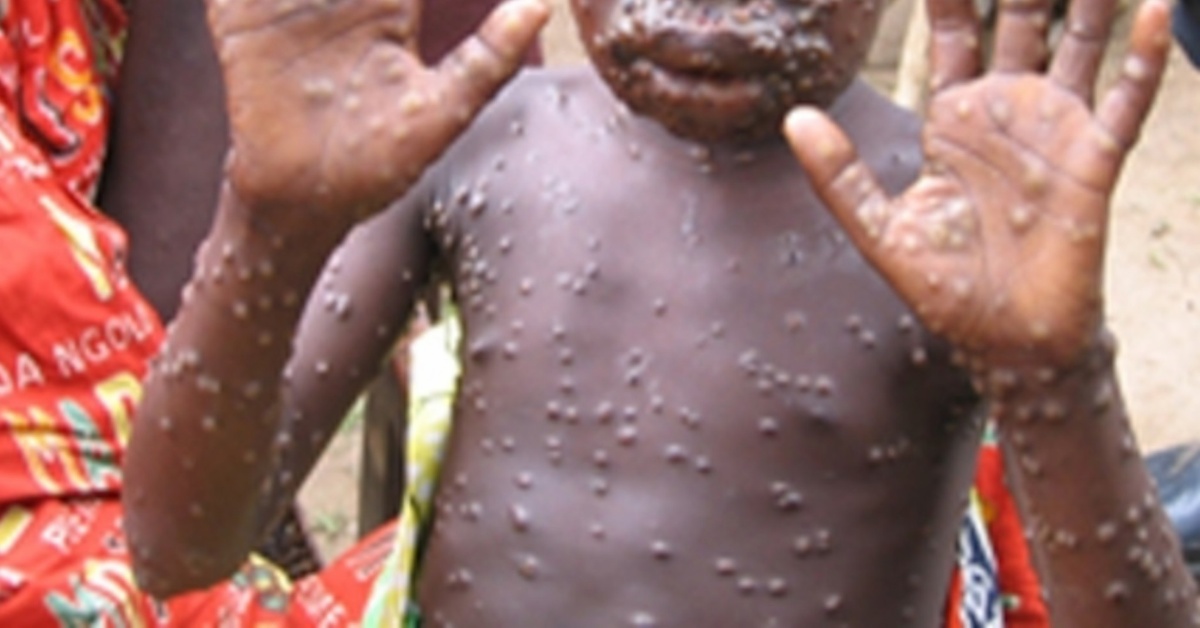Human monkeypox, a rare infectious disease caused by the monkeypox virus, has garnered significant attention due to its similarity to smallpox, though it is generally less severe.
The disease was first identified in captive monkeys in 1958, leading to its name, although it primarily spreads from rodents and small mammals. The World Health Organization (WHO) now emphasizes the importance of accurate and non-stigmatizing naming practices for diseases.
Recognizing the Symptoms
Early detection of monkeypox is crucial for preventing its spread and ensuring timely medical intervention. The incubation period, or the time between exposure to the virus and the onset of symptoms, ranges from 3 to 17 days. During this period, individuals may feel healthy and exhibit no signs of infection.
The initial symptoms of monkeypox often resemble those of the flu, including fever, headache, muscle aches, and fatigue. However, the most distinctive feature is the development of a rash, which typically appears one to five days after the onset of fever. This rash can manifest on various parts of the body, including the hands, feet, chest, face, and even inside the mouth. In some cases, the rash may also appear near the genitals and anus.
Stages of the Rash
The rash progresses through several stages, beginning as flat, red spots that evolve into raised bumps, then fluid-filled blisters, and eventually pustules. These pustules will scab over and heal, usually within two to four weeks. While the rash can be painful and itchy, it is important to avoid scratching, as this can lead to secondary infections.
Contagion and Prevention
Monkeypox is contagious from the onset of symptoms until the rash has completely healed and all scabs have fallen off. The virus spreads through direct contact with an infected person’s rash, scabs, or bodily fluids. It can also be transmitted through respiratory droplets during prolonged face-to-face contact and by touching contaminated objects, such as bedding or clothing.
While monkeypox is rarely fatal, with over 99% of individuals infected with the West African strain surviving, it can cause severe complications in certain high-risk groups. These include pregnant women, breastfeeding mothers, young children under eight years old, and individuals with weakened immune systems. Potential complications include pneumonia, brain infections, and eye diseases.
To reduce the risk of infection, individuals should practice good hygiene, such as frequent handwashing with soap and water, and avoid close physical contact with infected persons or animals. Infected individuals should be isolated to prevent the spread of the virus.
Awareness of the early signs of monkeypox is essential for curbing the spread of this disease. While the illness is typically not deadly, recognizing symptoms early and taking appropriate precautions can significantly reduce the risk of complications and transmission. Public health measures, including isolation of infected individuals and proper hygiene practices, remain key in managing monkeypox outbreaks.



 Post a comment
Post a comment 









